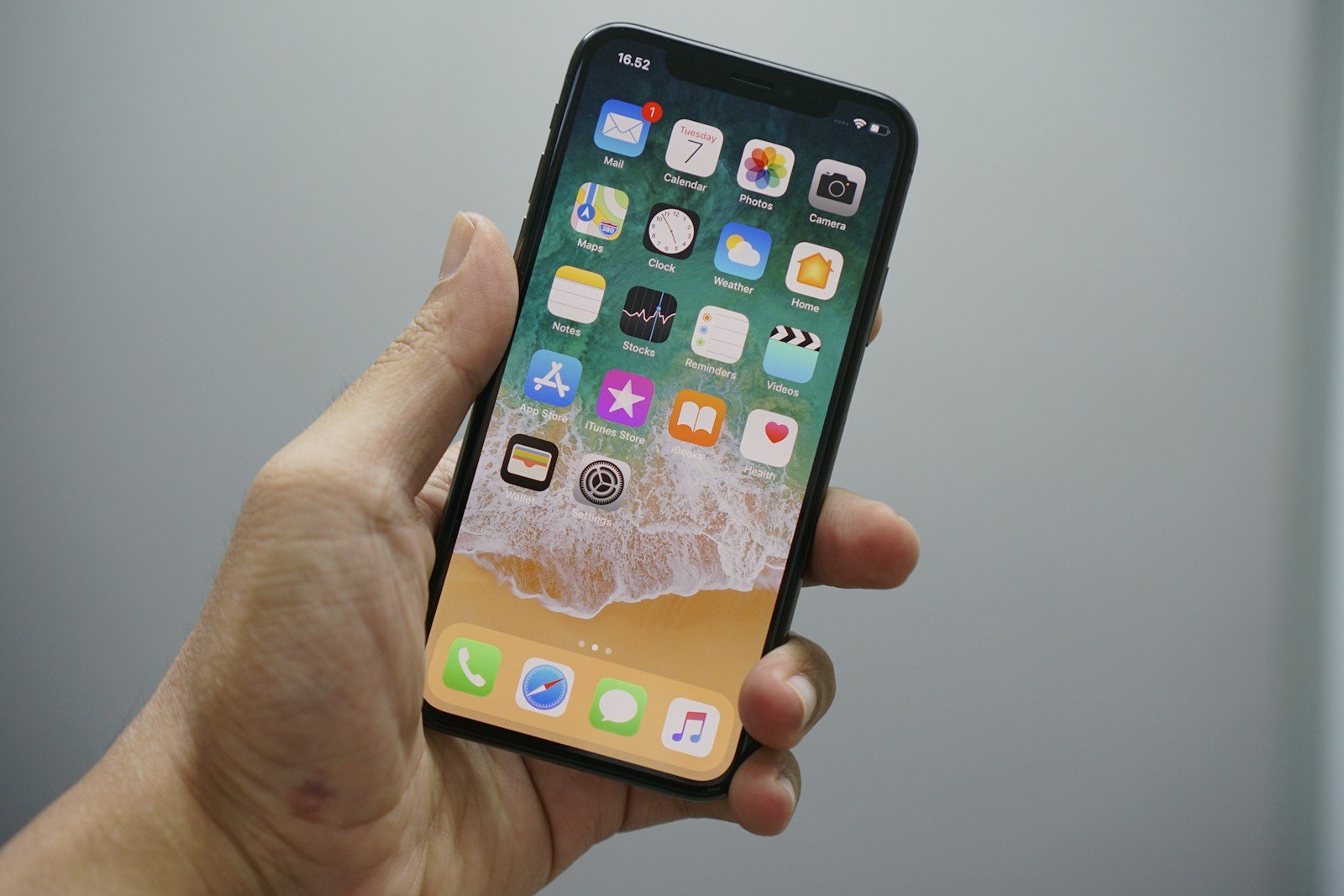Nobody likes getting locked out of their iPhone. Whether it’s because you forgot your password or someone entered the wrong one too many times, being stuck on the Security Lockout screen can be frustrating. Fortunately, there are several methods you can use to bypass this lockout and regain access to your device.
One of the easiest ways to unlock your iPhone is by using the “Erase iPhone” option. This method will delete all your data, allowing you to reset your iPhone like new. If you have a backup, you can restore your data later. Another option is using iCloud’s Find My iPhone feature, which also allows you to erase your phone remotely.
For those who have access to a computer, iTunes or Finder can help restore your iPhone. Simply connect your device, follow the prompts, and you’ll be back up and running in no time. Each of these methods offers a straightforward way to bypass the security lockout and use your iPhone again.
What “Security Lockout” Means
The Security Lockout screen appears after too many incorrect passcode attempts. It’s Apple’s way of protecting your data from unauthorized access.
At this point, you’ll need to erase and restore your iPhone to use it again.
✅ Option 1: Use the “Erase iPhone” Button (No Computer Needed)
If your iPhone is running iOS 15.2 or later, you can reset it directly from the lock screen.
Steps:
- On the Security Lockout screen, look for “Erase iPhone” in the bottom corner.
- Tap Erase iPhone.
- Confirm again when prompted.
- Enter your Apple ID password to sign out of iCloud.
- The iPhone will erase itself and restart as new.
- Once done, set it up again and restore your data from iCloud Backup if available.
💡 If you don’t see the “Erase iPhone” option, move to Option 2.
💻 Option 2: Reset via Finder or iTunes (Using a Computer)
If the “Erase iPhone” option isn’t available, you can use Recovery Mode.
Steps:
- Turn off your iPhone.
- Enter Recovery Mode:
- iPhone 8 or later: Press and hold the Side button while connecting it to your computer.
- iPhone 7/7 Plus: Hold Volume Down while connecting.
- iPhone 6s or earlier: Hold Home button while connecting.
- Keep holding until you see the Recovery Mode screen.
- On your computer, open Finder (Mac) or iTunes (Windows).
- When prompted, choose Restore.
- Wait for your iPhone to erase and reinstall iOS.
- Set it up again and restore from backup.
☁️ Option 3: Use iCloud (Find My iPhone)
If Find My iPhone is enabled:
- Go to iCloud.com/find on another device or computer.
- Sign in with your Apple ID.
- Select your locked iPhone.
- Click Erase iPhone.
- Once erased, you can set it up again.
🧭 After Resetting
Once your iPhone restarts:
- Sign in with your Apple ID to remove Activation Lock.
- Restore your data from iCloud or iTunes backup.
⚠️ Important Notes
- There is no way to unlock a Security Lockout iPhone without erasing it if you don’t know the passcode.
- Never use third-party “unlocking tools” that claim to bypass Apple’s security—they are often scams or malware.
- If you’ve forgotten your Apple ID or password, visit iforgot.apple.com to recover it.
🧩 Summary
| Method | Requirements | Erases Data? |
|---|---|---|
| Erase iPhone (on-screen) | iOS 15.2+ | ✅ Yes |
| Finder/iTunes | Computer | ✅ Yes |
| iCloud (Find My) | Find My enabled | ✅ Yes |
Sources:
- Apple Support: If you see Security Lockout on your iPhone
- GeeksChalk – How to Bypass “Security Lockout” on iPhone
- AppGeeker – What to Do When iPhone Is in Security Lockout
Key Takeaways
- “Erase iPhone” can reset and unlock your iPhone.
- iCloud’s Find My iPhone can erase your device remotely.
- iTunes or Finder can restore your iPhone through a computer.
Understanding iPhone Security Lockout
An iPhone can become locked after multiple failed passcode attempts. Knowing why this happens and what to do next can help prevent data loss and secure your device.
Causes of Security Lockout
Security lockout occurs when an incorrect passcode is entered too many times. This is a security measure to protect your data from unauthorized access. Each failed attempt increases the lockout period, eventually resulting in a security lockout screen.
Users might forget their passcode or children might play with the device. Sometimes, accidental button presses in a pocket or bag can also lead to multiple failed attempts causing a lockout.
Types of iPhone Passcodes
iPhones use different types of passcodes for security. The most common is the 4-digit passcode. Others include the 6-digit passcode, alphanumeric passcode, and custom numeric passcode.
The type of passcode selected can affect the likelihood of getting locked out. Alphanumeric passcodes are harder to guess but can be forgotten more easily.
Importance of Regular Backups
Backing up your iPhone regularly is crucial. If a security lockout happens and you need to erase your device, having a backup ensures you don’t lose important data.
iCloud and iTunes offer easy ways to back up your device. Frequent backups help you restore your settings, apps, and data quickly if you ever need to reset your iPhone.
By keeping regular backups, you can avoid data loss and recovery will be much easier. This practice helps maintain the security and integrity of your information.







